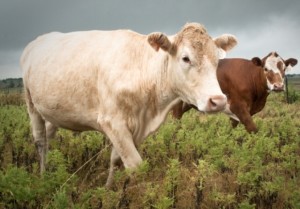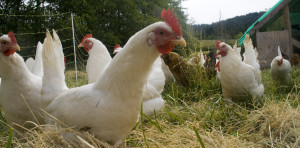Forage (grass, legumes or silage) is a main constituent of cattle feed. Most beef cattle are raised on grassy pastures. There are two types of feed for the beef cattle.
One mainly consists of pasture and other which comprises of grain, soy, corn and supplements. Poultry feed mainly includes grain, household scraps, calcium supplements and garden waste.
 New technologies and techniques need to be continuously developed to cope with the growing demand for animal poultry and cattle feed.
New technologies and techniques need to be continuously developed to cope with the growing demand for animal poultry and cattle feed.
Such development will not only help environment conservation but will allow the farmers to cope with the price hike.
Thus research and technology requires inventing ways to overcome food insecurity and poverty which is essential for agriculture and rural development.
Because of the growing demand of animal feed, new technologies should be developed in order to avoid environmental deterioration or increases in the prices of food products.
Research and advancements in technology are seeking ways to overcome food insecurity and poverty that are essential for agricultural and rural development. For proper functioning and better results the poultry and cattle feed mills should follow the mentioned:
- Appropriate technology
- Feed research
- Proper hardware
The feed requirement of each cattle is different thus, their needs must be met. Proper feed will increase the milk or meat production of the livestock.
As already discussed how the poultry and cattle feed mills should increase their productivity, it is important to know about the quality of materials they are using.
Forage is the chief component of a cattle feed. It is because it affects the dry matter and the nutrient consumption. Thus, quality and technology should always be maintained in the poultry and cattle feed mills.
